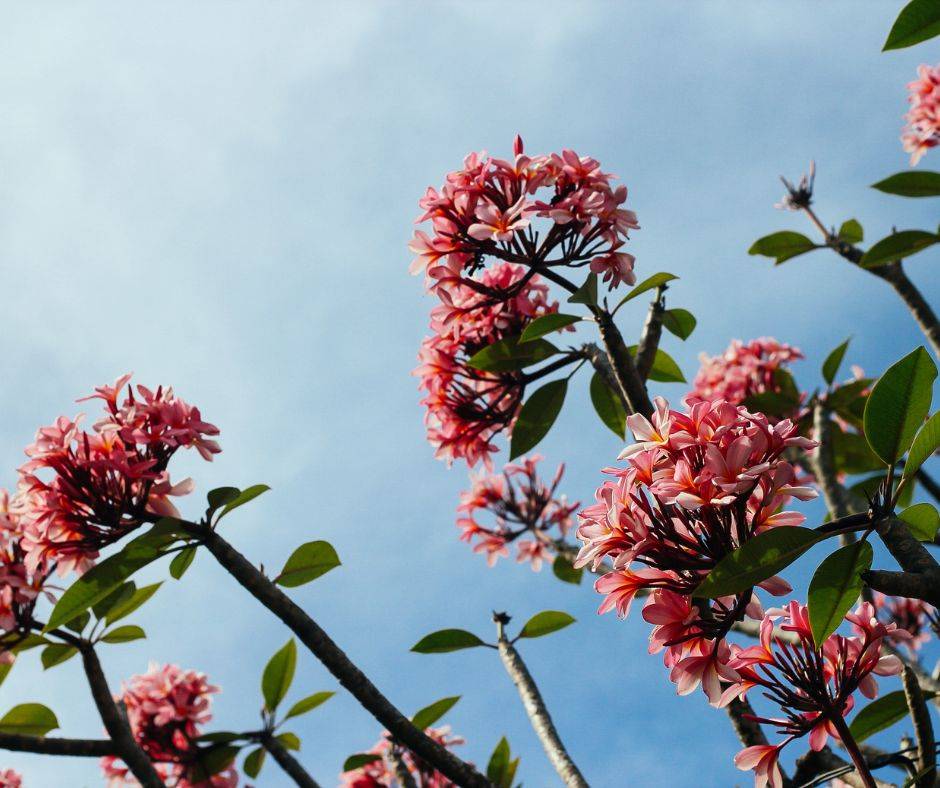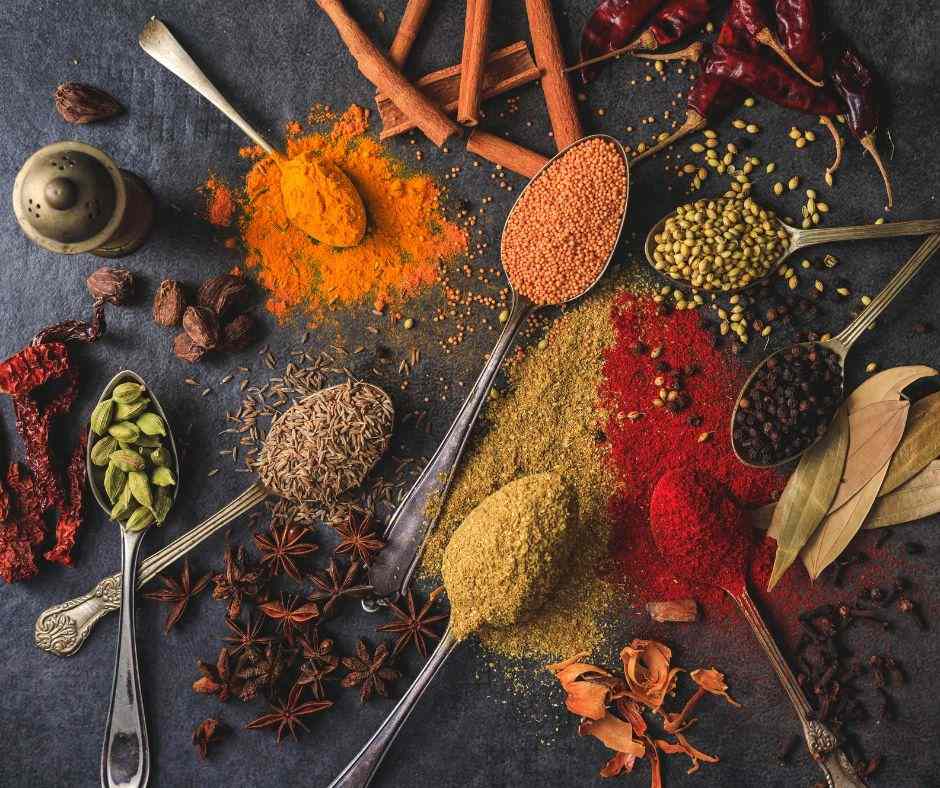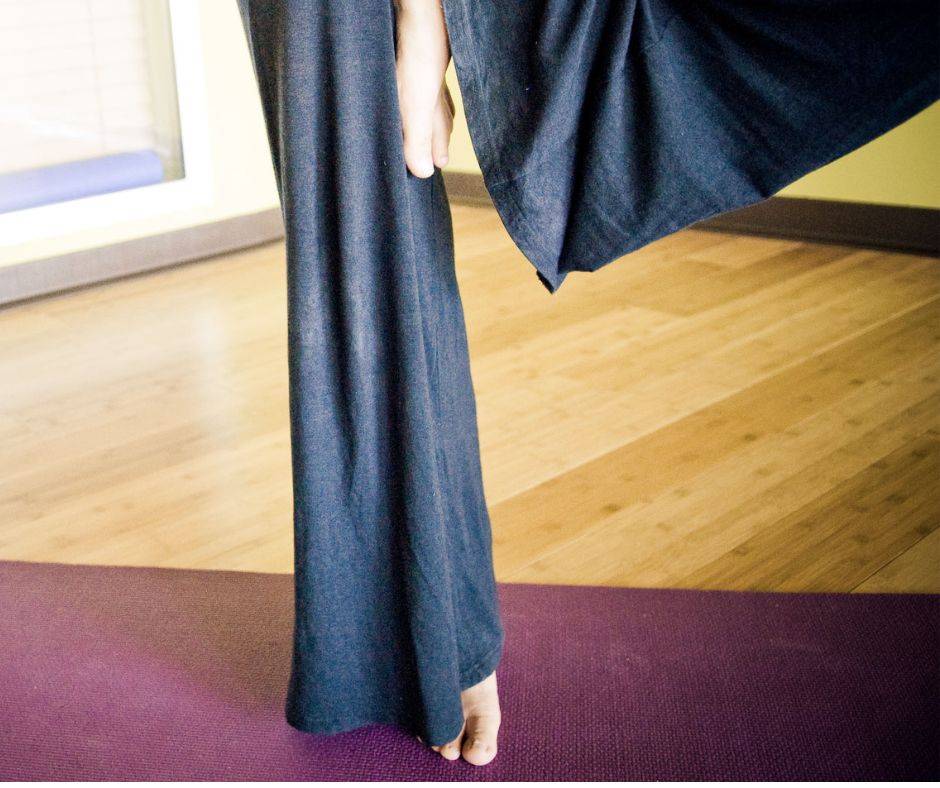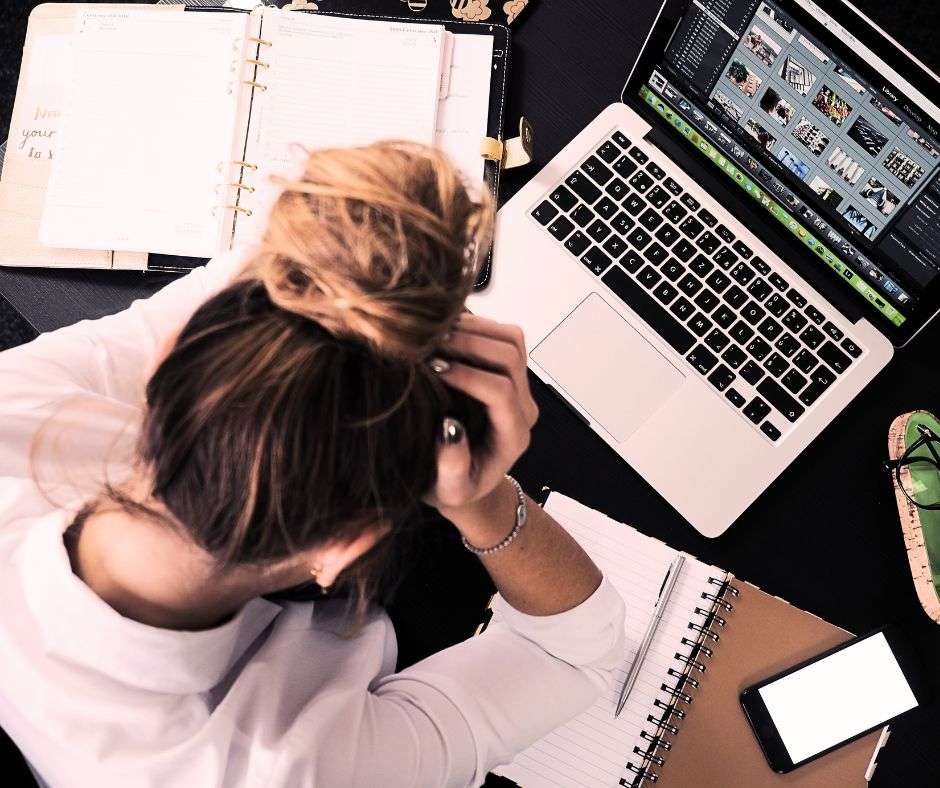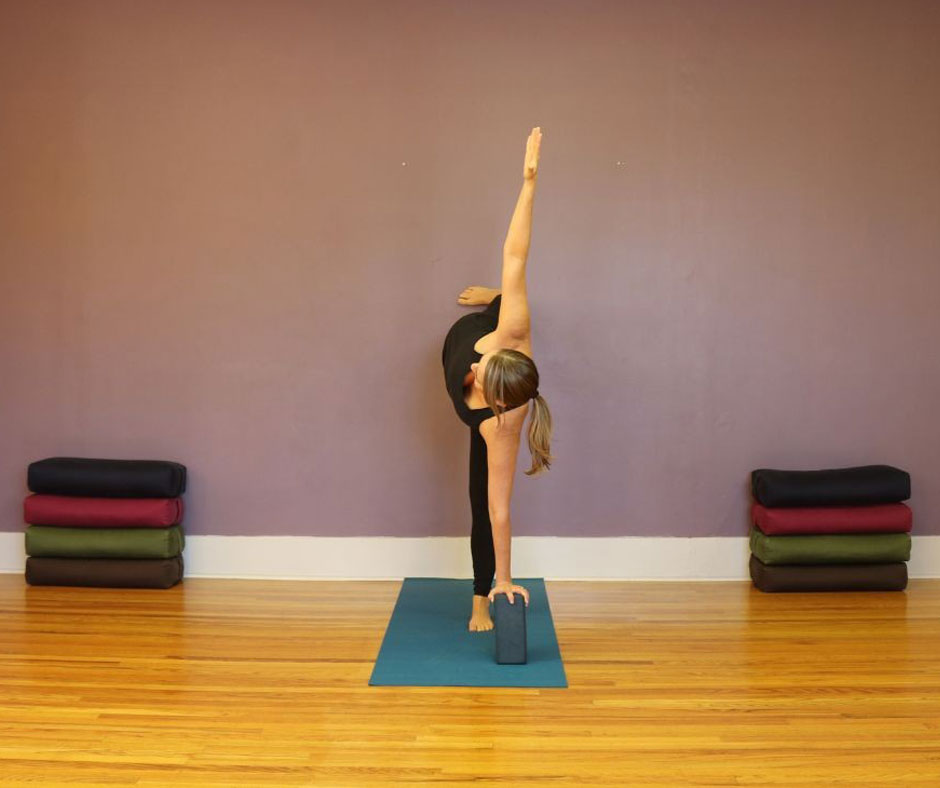The organ system is central to understanding the Chinese Medicine (TCM) view of the body, mind, disease, and health. But remember, Chinese Medicine organs have energetic attributes and functions that are pretty different from how conventional medicine maps the body-mind. When looking specifically at the organs of TCM, what’s usually referred to is an array of functional relationships, its dynamic activity, and how the organ relates to the whole (not just its biological tissue and location). Today let’s dive into the organ of the Pericardium – the Hearts Guardian and learn more.
According to TCM, the organ system and the vital substances (Qi, Blood, Essence, Shen, and Fluids) all work together to sustain health. There are six yin organs (Heart, Lungs, Spleen, Liver, Kidneys, and Pericardium), six yang organs (Gall bladder, Stomach, Small Intestine, and Large Intestine), and a third category of six organs called the extraordinary organs, which includes the brain, marrow, bone, blood vessels, uterus, and gall bladder (the Gallbladder is in two categories).
Five Elements and the Organs of Chinese Medicine
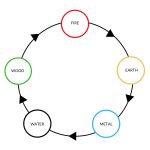
In Chinese Medicine, each physical organ is connected with or related to one of the five phases (also called the five elements). The five elements are the energies or vibrations that make up all things. The elements are usually visually represented in a circle, each proceeding the last. They are water, wood, fire, earth, and metal (see image). Each element has a corresponding color, sound, smell, emotion, internal organs, and meridians.
To understand the energetics of each organ system, you can look to its corresponding element to get a sense of some of the associated energetics. Imbalances with a particular organ can show up as a related color change, a change in the associated tissue, or an issue with the sense organ.
The Heart and Pericardium
The Heart, Small Intestine, Pericardium, and an organ we call the San Jiao are all fire element organs. For our purposes today, we’ll look at the relationship between two fire element organs – the Heart and Pericardium.
Physically the heart and pericardium are a bit left of center in the chest. The heart supplies the body with oxygenated blood and nutrients through its regular pumping action. The pericardium is the outer protective layer or sac around the heart.
In Chinese Medicine, the Heart is called the emperor and the Pericardium the Heart Governor or Protector. Energetically, the Heart is responsible for a sense of emotional connection, pleasure, contentment, healthy relationships, and joy. It is particularly important because it stores the Shen (神 – usually translated as spirit, mind, or consciousness). In TCM, the Shen is one of the three treasures, along with Qi and Jing. Healthy Shen is necessary to experience clarity of thought, restful sleep, and emotional balance. Shen imbalances can manifest as anxiety, restlessness, insomnia, and severe mental health disorders.
Because the Pericardium is very closely connected to the Heart, its functions are similar. It also has a relationship with the uterus in females (more on that another time!) and acts as a buffer to protect the heart physically and psychologically.
The Hearts Guardian
The Pericardium provides a guarded barrier between our sensitive feelings and vulnerabilities (the realm of the Heart) and the outside world. When we are closed down and not open to connecting with others, or when we are too open and easily betrayed or wounded by others, this indicates an imbalance with the Pericardium. Essentially the Pericardium holds the job of opening and closing – allowing others in at times that are appropriate and nourishing and maintaining boundaries at other times.
Acupoint for the Pericardium
In TCM, there are fourteen primary meridians. Twelve meridians are associated with individual organs; two are considered central channels (the Ren and Du). Qi flows in these meridians, nourishing and keeping the body in relative balance. Along these meridians are acupressure or acupuncture points that can be used therapeutically.
REN 17 || Chest Center (Shanzhong)
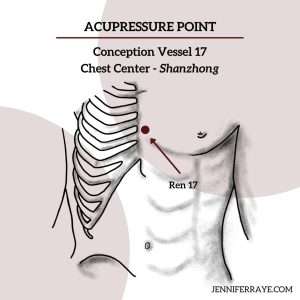 Ren 17, also known as “Upper Sea of Qi,” is considered an essential point on the body for supporting the Pericardium and cultivating and circulating Qi. It is located on the Ren meridian (also known as the conception vessel), the central channel that runs up the front of the body. Learn more about the Ren Meridian here.
Ren 17, also known as “Upper Sea of Qi,” is considered an essential point on the body for supporting the Pericardium and cultivating and circulating Qi. It is located on the Ren meridian (also known as the conception vessel), the central channel that runs up the front of the body. Learn more about the Ren Meridian here.
Even though this point is on the Ren meridian, it gives us access to the energetic organ of the Pericardium. The ancient text, the Ling Shu, describes the area where this point lies as the “Palace of the Heart Governor.” This point is unique because it is a:
- Front-Mu point for the Pericardium (Qi collects and gathers here)
- Meeting point for the Ren, Spleen, Kidney, Small Intestine, and San Jiao meridians
- Meeting point for Qi in general
This point supports Shen on the psycho-emotional level by helping the Heart communicate with the rest of the body and the outside world. This point helps to nourish, calm, and balance the Shen. The Heart is seen as a place where all emotion and feelings pass through, but it is a protected place in part due to the function of the Pericardium and its task of determining when to open or close. This point is helpful if a person is shut down due to betrayal or is having difficulty emotionally opening up, or on the other hand, needs to learn healthier boundaries in interpersonal relationships.
Even though the Ren channel runs upwards, many points on the Ren meridian strongly descend Qi. We use this point to descend Lung and Stomach Qi if there is shortness or tightness of breath or indigestion (usually due to Qi going up pathologically instead of down!)
LOCATION: To locate Ren 17, place your palms on your chest with your fingers pointing towards each other. The point is at the center of the sternum, in line with the 4th intercostal space. It can be found between the nipples in men.
TO USE: Use three fingers and repetitively tap the point while taking 5-10 slow deep breaths, or apply gentle pressure to this point for a few minutes each day. You can also bring awareness to this area of the body when you are doing any heart-centered meditation practice.
I hope you enjoyed our exploration of the Pericardium and the Ren 17 acupressure point! Would you like to learn more? I have a new training coming soon called The Power of Points – get on the early notice list here.


